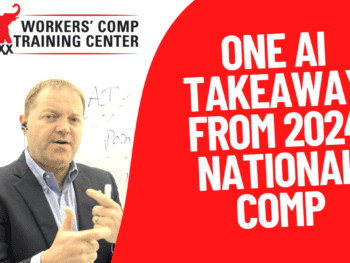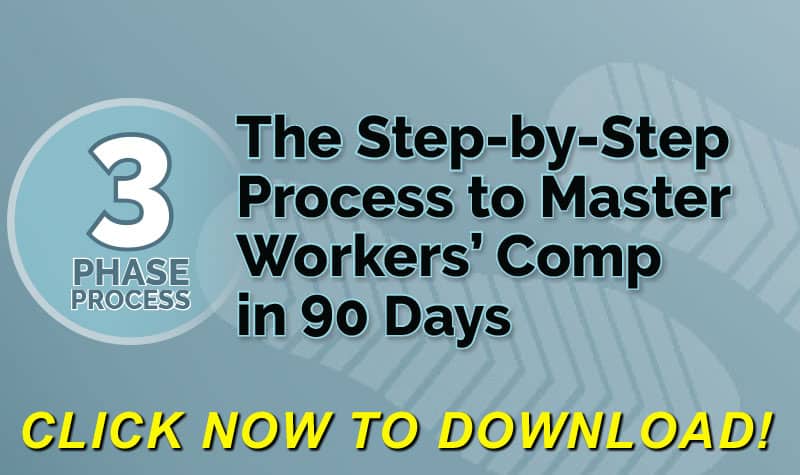
1. Insurance Company: The Risk Bearer
Often referred to as the underwriter, insurer, or carrier, the insurance company provides the workers’ compensation policy and assumes the employer’s risk. They are a vital entity, as they not only handle premium collections but also pay out claims to cover medical expenses and wage replacement for injured employees.
2. Third-Party Administrator (TPA): Claims Specialists
For employers who are self-insured or insurance companies without an in-house claims department, TPAs play a crucial role. These external companies specialize in claims management, ensuring that each claim is handled efficiently. TPAs operate independently of the insurance carrier, focusing on streamlined claims handling rather than insurance services.
Click Link to Access Free PDF Download
3. Brokers and Agents: Employer Advocates
Brokers serve as intermediaries between employers and insurance companies. They guide employers through selecting the best insurance coverage, balancing terms, and prices from various carriers. Beyond securing coverage, brokers also help resolve disputes and provide services like safety training, risk management, and post-loss planning. Leveraging a broker’s expertise is particularly beneficial for navigating complex claims and preventative strategies.
4. Employers: The Insured
Employers, referred to as the “insured” or “the risk,” are the foundation of the workers’ compensation system. They provide the jobs and are ultimately responsible for implementing safety measures and managing claims processes effectively. Employers bear financial responsibility for premiums and retained losses, emphasizing the importance of proactive risk management.
5. Employees: The Beneficiaries
Employees are the recipients of workers’ compensation benefits. These benefits include medical coverage, wage replacement, and rehabilitation services for work-related injuries or illnesses. Clear communication between employers and employees about their rights and responsibilities is essential to maintain a smooth claims process.
6. Service Providers and Vendors: Supporting the System
A network of service providers supports employers, TPAs, and insurance companies in workers’ compensation. These vendors offer specialized services like medical cost containment, investigations, legal counsel, and rehabilitation. Their expertise enhances the efficiency and accuracy of the claims process.
7. State Commissions: Governing Bodies
State workers’ compensation commissions or boards administer workers’ compensation laws. They regulate the system, ensuring compliance and fair treatment for both employers and employees.
Why Understanding These Roles Matters
The effectiveness of a workers’ compensation program hinges on collaboration among these parties. Each has a distinct function, but their goals align: ensuring injured employees receive the care they need while managing costs for employers.
For employers, engaging knowledgeable brokers and service providers can significantly impact claim outcomes and cost savings. Comprehensive training and clear communication with employees are also pivotal in reducing workplace injuries and fostering a culture of safety.
For employees, understanding their rights and the claims process ensures they receive entitled benefits promptly, minimizing the stress of navigating complex systems during recovery.
FREE DOWNLOAD: “Step-By-Step Process To Master Workers’ Comp In 90 Days”
Conclusion
Every player in the workers’ compensation system contributes to its functionality and fairness. By appreciating the distinct roles of these parties, employers and employees can better navigate the system, ensuring smoother operations and achieving the ultimate goal: supporting injured workers while managing costs effectively. For further insights into workers’ compensation best practices, explore resources like WC Mastery Training.

Contact: mstack@reduceyourworkerscomp.com.
Workers’ Comp Roundup Blog: http://blog.reduceyourworkerscomp.com/
Injury Management Results (IMR) Software: https://imrsoftware.com/
©2024 Amaxx LLC. All rights reserved under International Copyright Law.
Do not use this information without independent verification. All state laws vary. You should consult with your insurance broker, attorney, or qualified professional.
FREE DOWNLOAD: “Step-By-Step Process To Master Workers’ Comp In 90 Days”
















